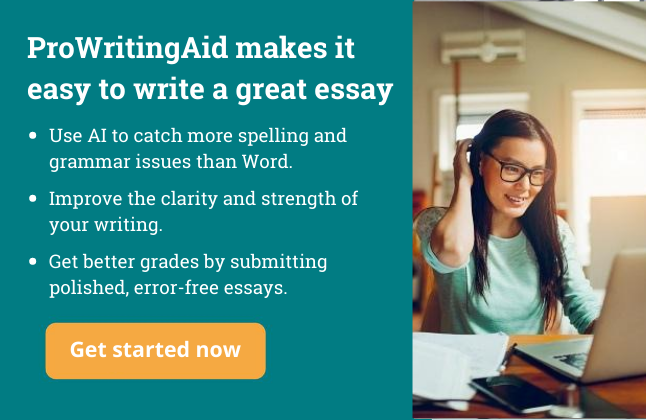
You have seconds to grab your reader’s attention. Regardless if you’re writing content for the web or a dissertation for academia, you need to draw your reader in from the beginning or risk losing them. Sure, your professor has to read your whole essay. But they're more likely to look favourably on it if you excite them right from the start.
Whether you want to grab your professor’s interest or the reader who found your essay on Medium, your introduction should give them plenty of interesting reasons to read your work.
Learn From Examples of Good Introductions
A good introduction is one of the most important elements of your paper. Academic articles with great introductions gather widespread favor, as do blog posts, articles, essays, and other digital content.
The best way to learn how to write a great introduction is by studying those done well. Ask your professor to recommend published articles they believe include well-written introductions. If you’re writing blog posts, study leading bloggers in your topic or arena and analyze how they structure their introductions to grab the reader’s attention.
For copywriters writing digital business content, read top articles in trade magazines and on respected online sources. Dissect how the writer introduces the topic, its context for the article’s purpose, and how they claim the topic will solve problems, meet challenges and excite customers.
There must be a point to every paper, and your introduction better make it enticing.
Figure Out How to Grab Your Reader’s Attention
You have plenty of options for rousing interest in your work. You can take the empathetic route where you point out common emotions readers might feel and align your content for the biggest resonance. For example, most writers dread the blank page. You could start your paper with "Don’t you hate that blinking cursor that mocks you every morning?"
You could also start with a surprising fact that the reader might not know. For example, did you know that almost 90% of participants don’t finish online courses they purchase?
Or you could tell a story. An anecdote that happened to you might resonate with a reader and move them to read more.
Make Your Introduction Readable
No one is going to be excited to read your essay if you introduce it with a 50 word sentence. The human brain is wired to go down the easiest route - and this counts for reading, too. If your writing is difficult to read, anyone marking your work or trying to learn something from it is going to struggle. This could lead to lower marks on schoolwork or poor reviews for your article!
Always check your writing for readability using a tool like ProWritingAid.
ProWritingAid helps you get to know your own writing. It'll tell you which of your paragraphs are difficult to read, and then give you the tools to fix them.

Introduce Your Thesis Statement
Whether you’re writing a dissertation or an article for a trade magazine, you have a reason. Maybe you’re addressing a business challenge common to most trade magazine readers or a specific problem you’ve found the solution to thanks to your academic career.
You need to detail the purpose for your writing, but don’t give away the result or ending just yet. Use the body of your content to prove your opinion or validate your reasoning so your readers keep turning the pages until the end.
Look Forward to Your Conclusion
While you don’t want to lay it out in the introduction, you want to tease your readers that your article, essay, or paper will provide the answer quickly.
The point of the introduction is to set your readers’ expectations. Lay out your reasoning and point at your solution, but most importantly, make sure the body of your work lives up to those expectations. If you tell readers in the introduction you will show a simple solution to a problem, you better deliver one.
Final thoughts
You might not want to write your introduction first. Sometimes it helps to get a feel for where your paper is going before you write both the introduction and conclusion. And you might not know at the outset where your research and findings will lead you.
The most important thing about your introduction is to convince readers it’s worth their time. Appeal to their interests, emotions, career choices, lifestyle preferences, etc. to draw them into your topic. A lot of papers and articles today present a stance that readers might not agree with to engage them to read the rest of the essay.
Regardless of the approach you take to grab someone’s attention, make sure the rest of your paper lives up to their expectations. The worst thing you can do is to tickle their interest in the introduction but provide irrelevant information in the body of your work. Keep it interesting and above all relevant.
Want to improve your essay writing skills?
Use ProWritingAid!
Are your teachers always pulling you up on the same errors? Maybe your sentences are too long and your meaning is getting lost or you're using the same sentence starter over and over again.
ProWritingAid helps you catch these issues in your essay before you submit it.


